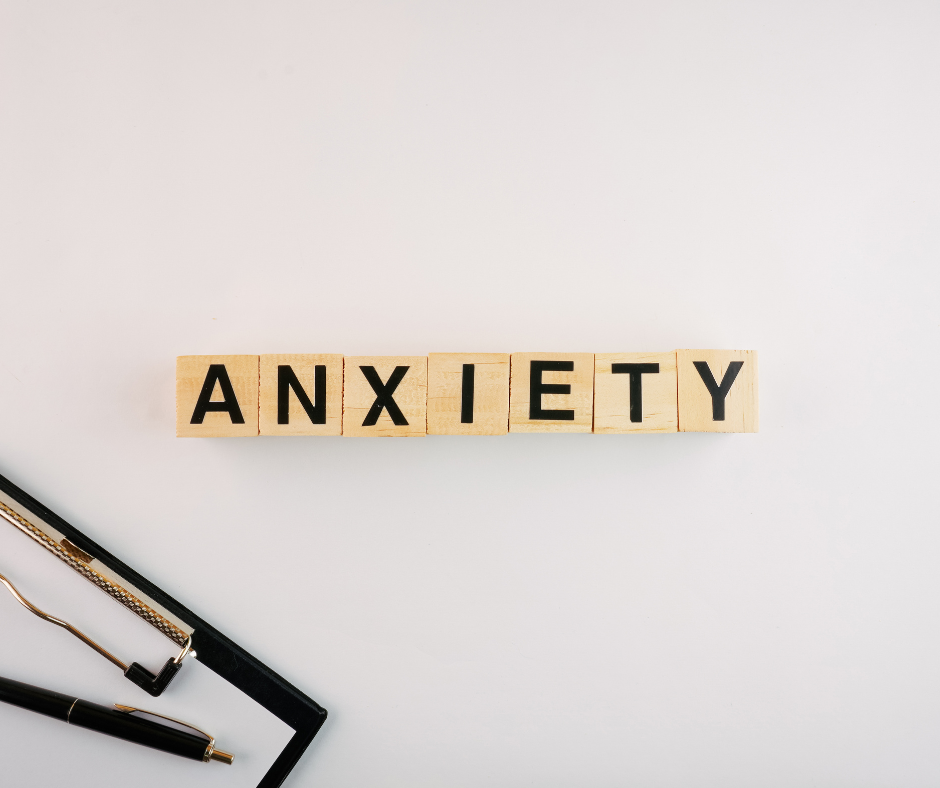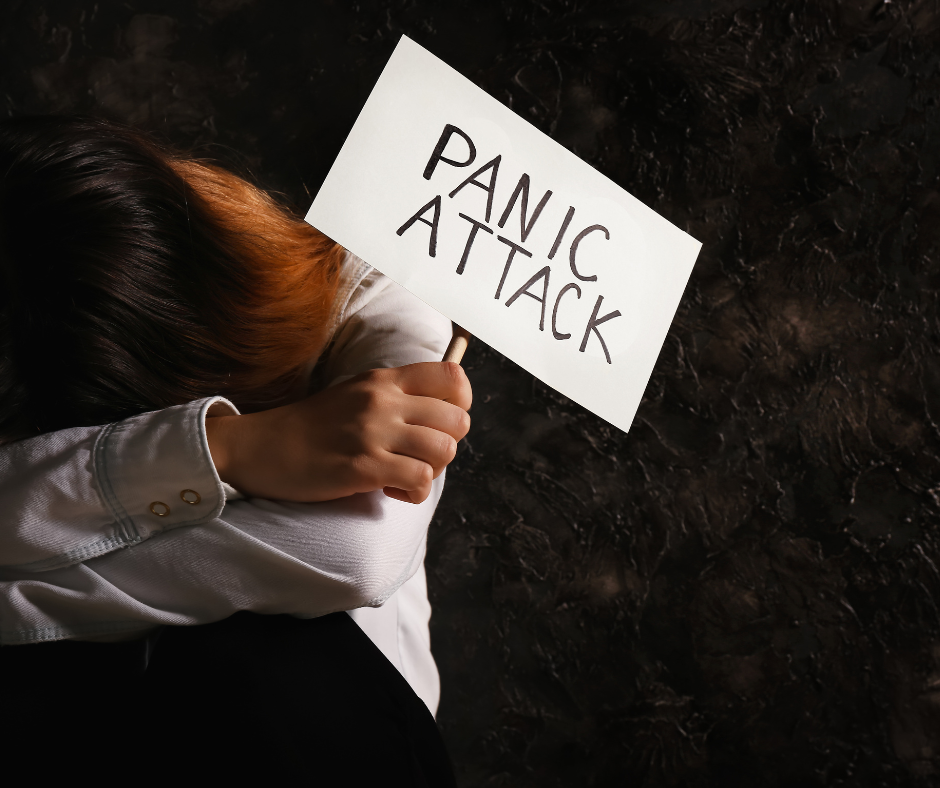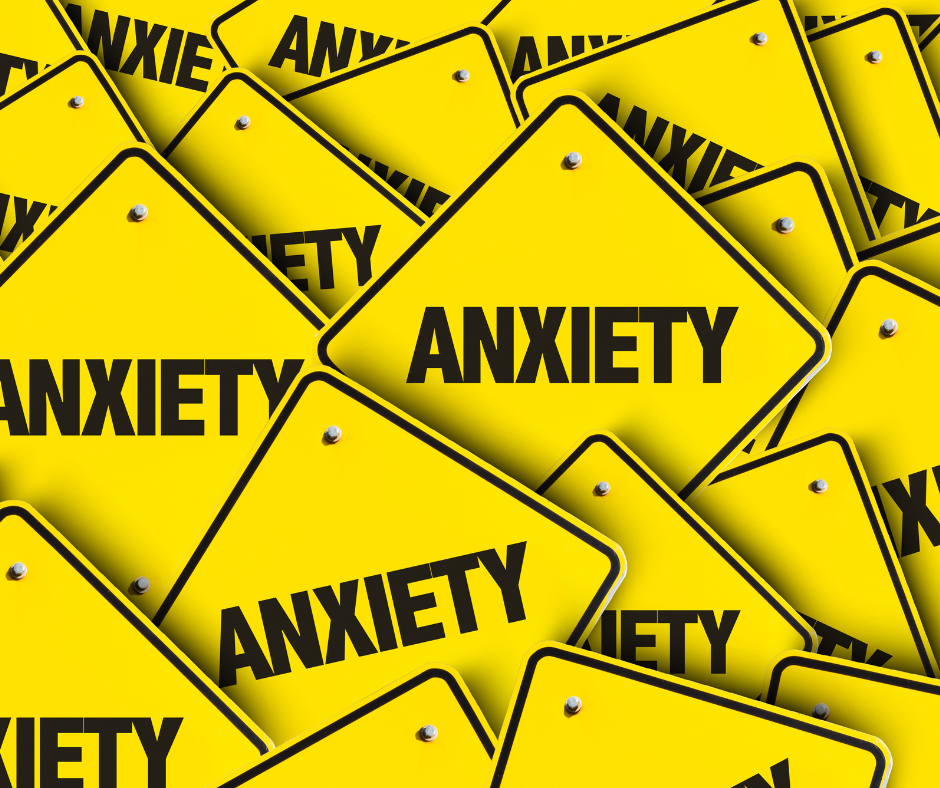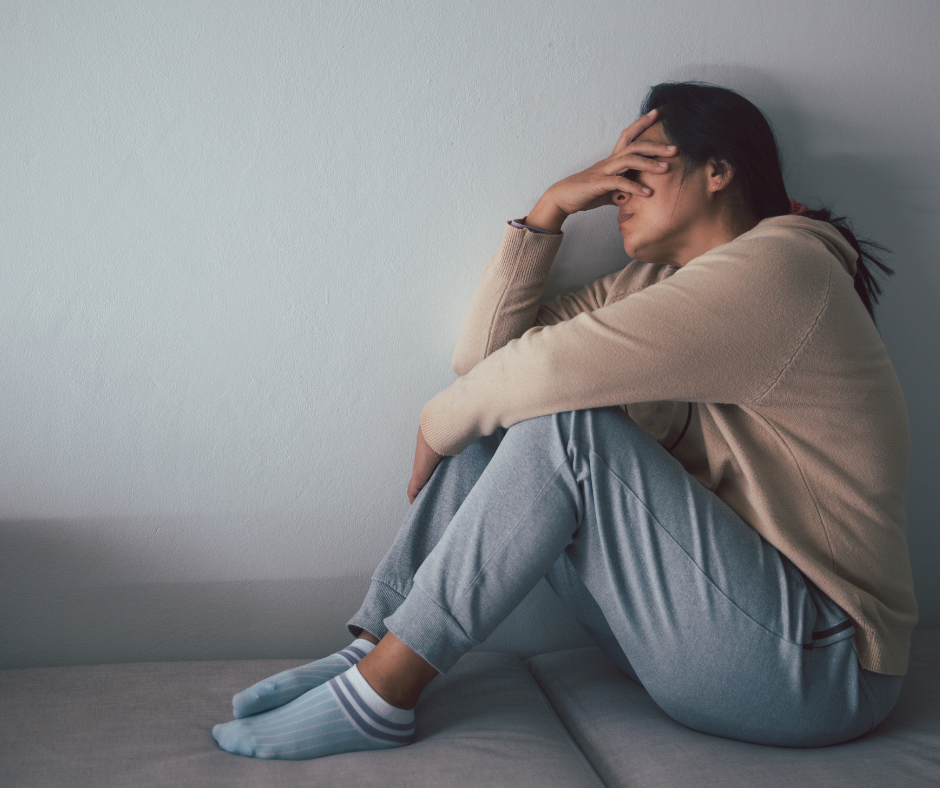
Exploring Anxiety Synonyms: Understanding the Different Terms for Anxiety
Anxiety is a complex and multifaceted mental health condition that manifests in various ways. Understanding the different terms and synonyms associated with anxiety can provide valuable insights into its nature and impact. In this article, we will explore the synonyms of anxiety, shedding light on their meanings and implications. Anxiety is a natural response to stress or perceived threats, characterized by feelings of worry, fear, and unease. While occasional anxiety is a normal part of life, persistent or excessive anxiety that interferes with daily functioning may indicate an anxiety disorder. Synonyms of Anxiety: Worry: Worry is a synonym for anxiety and refers to the act of feeling concerned or uneasy about potential problems or uncertainties. Fear: Fear is another synonym for anxiety and refers to the emotional response to a real or perceived threat. Nervousness: Nervousness is a state of being easily agitated or alarmed and is often synonymous with anxiety. Apprehension: Apprehension refers to a feeling of anxiety or fear that something bad or unpleasant may happen. Trepidation: Trepidation is a synonym for anxiety and describes a feeling of fear or agitation about something that may happen. Concern: Concern is a synonym for anxiety and refers to a feeling of worry or interest in something. While these terms are often used interchangeably, they can have slightly different nuances. For example, worry tends to involve more repetitive thoughts about potential problems, while fear is a response to an immediate threat. Nervousness often manifests as physical symptoms such as trembling or








